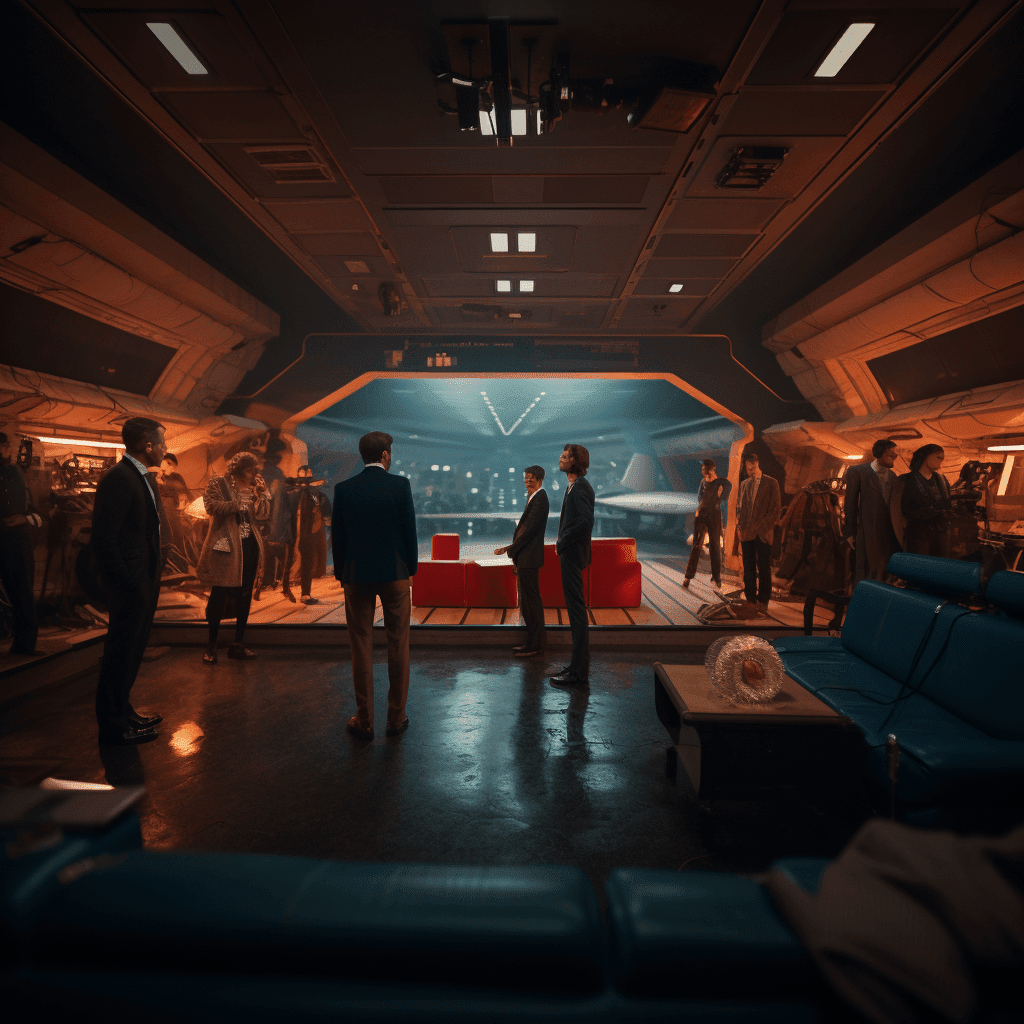The Last Emperor 1987

In this epic biographical drama, the tumultuous reign of China's last emperor, Pu Yi (John Lone), unfolds with a mix of opulence and upheaval. From his pampered childhood in the Forbidden City to his capture as a war criminal in 1950, Pu Yi's story is a poignant reflection on the disintegration of an empire and the fragility of power.
Does The Last Emperor have end credit scenes?
No!
The Last Emperor does not have end credit scenes.
Actors
Meet the cast of The Last Emperor and learn about the talented actors who brought the characters to life. Explore their roles and career highlights.
Links
Explore where to watch The Last Emperor online. Find reviews, ratings, and detailed movie information on other platforms like Metacritic, Rotten Tomatoes, IMDb or TMDb
Ratings
Discover how The Last Emperor is rated on popular platforms like IMDb, Metacritic, and TMDb. Explore audience and critic scores to see how this movie ranks among the best.

76
Metascore
8.1
User Score


%
TOMATOMETER

0%
User Score

7.7 /10
IMDb Rating
Movie Quiz
Challenge your knowledge of The Last Emperor with an engaging quiz. Test your memory of the movie’s characters, plot twists, and unforgettable moments.
The Last Emperor Quiz: Test your knowledge on the historical drama 'The Last Emperor' and its intricate narrative of Pu Yi's tumultuous life and legacy.
Who was the last emperor of China portrayed in the film?
Awards
Discover the awards and nominations received by The Last Emperor. Explore the history of The Last Emperor and its cast and crew.



Best Cinematography
Best Costume Design
Best Editing
Best Makeup and Hair
Best Original Music
Best Production Design
Best Sound
Best Special Visual Effects
Art Direction
Cinematography
Costume Design

Film Editing
Music (Original Score)
Best Picture
Sound
Writing (Screenplay Based on Material from Another Medium)

Plot Summary
Get the full story of The Last Emperor with a detailed plot summary. Dive into its themes, characters, and the twists that make it a must-watch.
A train arrives at a North China station in 1950, where soldiers are seen everywhere. This train is transporting prisoners, all deemed war criminals. As the prisoners wait in the station, an unusual scene unfolds: four of them suddenly rise and reverently bow to a well-dressed man, John Lone. This man, known as Pu Yi, is the last emperor of China. Uncomfortable under this unexpected reverence, he soon retreats to a bathroom, locking the door behind him. In a moment of despair, he fills a sink with hot water and slits his wrists, letting his blood cloud the water.
Outside, the prison governor, played by Ruocheng Ying, insists on entering the locked bathroom, pounding on the door and calling out, “Open the door!” Pu Yi’s thoughts drift to a long-ago era—1908, when he was just a child. The Empress Dowager Cixi orders him to the Forbidden City, where he will be anointed as the new emperor. Followed by a procession, the three-year-old Pu Yi, sobbing, is handed over by his mother to his nurse, Ar Mo, who assures her, “My son is your son.”
During his investiture, the empress proclaims, “Little Pu Yi, you will be the new Lord of Ten Thousand Years. You will be the Son of Heaven.” When silence falls after the endless bows from officials and servants, a cricket chirps, and the High Tutor presents it as a gift, declaring it the emperor’s cricket.
As he grows older, Pu Yi is largely isolated, attended to by court eunuchs and servants. He reaches out to Ar Mo, crying, “I want to go home!” but finds himself trapped in a life he never chose. Fast forward to his adulthood, where his failed suicide attempt leads him to the Fushun Detention Center, where he sits in a cell haunted by memories.
His brother, Pu Chieh, visits him, prompting further reflections on their childhood. At just eight years old, Pu Yi viewed the world through the lens of an emperor, largely indifferent to his family. Even the sacred bond with his brother is questioned when Pu Chieh insists that Pu Yi is no longer emperor.
In yet another emotional plunge, the prison governor lays out the expectations for the imprisoned war criminals, demanding autobiographies confessing their crimes while Pu Yi’s mind drifts to 1919, when he met Reginald Johnston, Peter O’Toole, his tutor. Johnston wishes to cultivate a friendship rather than a hierarchical relationship; he sees the naivety hidden beneath Pu Yi’s royal facade.
Pu Yi’s life continues through turbulent kaleidoscopes of history—his marriage in 1922 to a girl named Wen Hsiu and his political entanglements with Japan, leading to a theatrical yet tragic rise to power as emperor of the puppet state Manchukuo.
As decades pass, his reality unfolds like a scripted play, where every decision he makes is woven intricately into layers of betrayal, identity crisis, and despair. In a heartbreaking moment, Pu Yi is confronted with the fallout of his past decisions during painful interrogations, all while longing for the childhood he left behind, wrapped tightly in the comforts of the Forbidden City.
Yet, by 1959, there’s a glimmer of redemption. As a chorus of prisoners, Pu Yi finds release from the chains of his past, walking into freedom at last. 1967 welcomes him to a fresh start, functioning as a gardener, where he smiles genuinely for the first time. In a poignant rediscovery, he visits his past haunts—the Forbidden City, grappling with nostalgia and loss when confronted by the realities of his long-lived tale.
Ultimately, he reflects on a life encased in the weight of meaning and responsibility, where he declares, “I was responsible for everything.” His journey culminates in serene acceptance—a blend of power lost and the quiet dignity of an ordinary existence, culminating in a gentle farewell to the vestiges of his imperial past.
Keywords
Discover the keywords that describe the themes and topics of the movie. Explore the keywords that define the essence of the film.
Related Articles
Stay updated on The Last Emperor with insightful articles, reviews, and explainers. Unpack the movie’s deeper meanings, themes, and ending.
Featured on this page

What's After the Movie?
Not sure whether to stay after the credits? Find out!
Check out our other apps:
Actors
Companies
Latest Movies
© 2025 What's After the Movie. All rights reserved.















